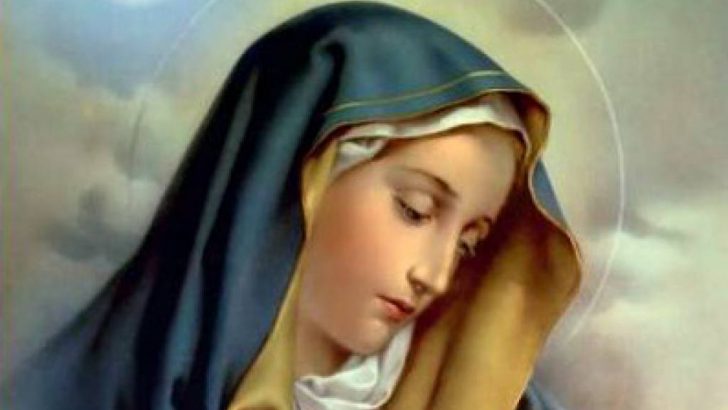Questions of Faith
Catholics believe that at the end of her life, Mary, the mother of Jesus, was assumed both body and soul into heaven. Preserved free from all stain of original sin, she was taken up by God to share in his heavenly glory. This doctrine was dogmatically defined by Pope Pius XII in 1950, but confusion still remains about whether she died prior to her assumption.
The apostolic constitution Munificentissimus Deus defined that Mary, “after the completion of her earthly life was assumed body and soul into the glory of heaven”. Notably, there’s no mention of her death, so the jury is still out on whether she faced her own mortality.
Of course, theologians have speculated on the matter a great deal; the Catholic tradition has leaned towards the belief that she did die prior to her assumption but no official pronouncements have been made to confirm this.
It seems reasonable that in order to better conform to her son, Mary too died. Indeed, this is what Pope John Paul II suggested in a 1997 general audience on the matter: “However, the fact that the Church proclaims Mary free from original sin by a unique divine privilege does not lead to the conclusion that she also received physical immortality…the Mother is not superior to the Son who underwent death, giving it a new meaning and changing it into a means of salvation. Involved in Christ’s redemptive work and associated in his saving sacrifice, Mary was able to share in his suffering and death for the sake of humanity’s redemption.”
Belief
The Pope continues that while we don’t know how she died as the New Testament doesn’t record it, the belief that she died out of love for her son is the most fitting.
The Eastern Orthodox Church speaks of Mary’s ‘dormition’ or sleep, which means that she died in the fullness of grace with no suffering and then was assumed into heaven.
There are plenty of apocryphal accounts concerning her death like the collection of stories called Transitus Mariae (200AD), which state that Mary died surrounded by the apostles in Jerusalem, and depending on which version you read, her body was buried and disappeared, or simply just disappeared.
While literature such as this is not deemed authoritative in the eyes of the Church, it does give us an insight into how early Christians understood the Assumption.
The Mother is not superior to the Son who underwent death”
As theologians and scholars continue to debate what actually happened at the end of Mary’s bodily existence, perhaps it’s best to err on the side of humility in admitting that we simply don’t know.
“The holy virgin may have died and been buried – her falling asleep was with honour, her death in purity, her crown in virginity. Or she may have been put to death – as the scripture says, ‘And a sword shall pierce through her soul’ – her fame is among the martyrs and her holy body, by which light rose on the world, [rests] amid blessings. Or she may have remained alive, for God is not incapable of doing whatever he wills. No one knows her end.” (Epiphanius of Salamis, 310-403 AD).


 Colm Fitzpatrick
Colm Fitzpatrick photo: Catholic Faith Network
photo: Catholic Faith Network 
